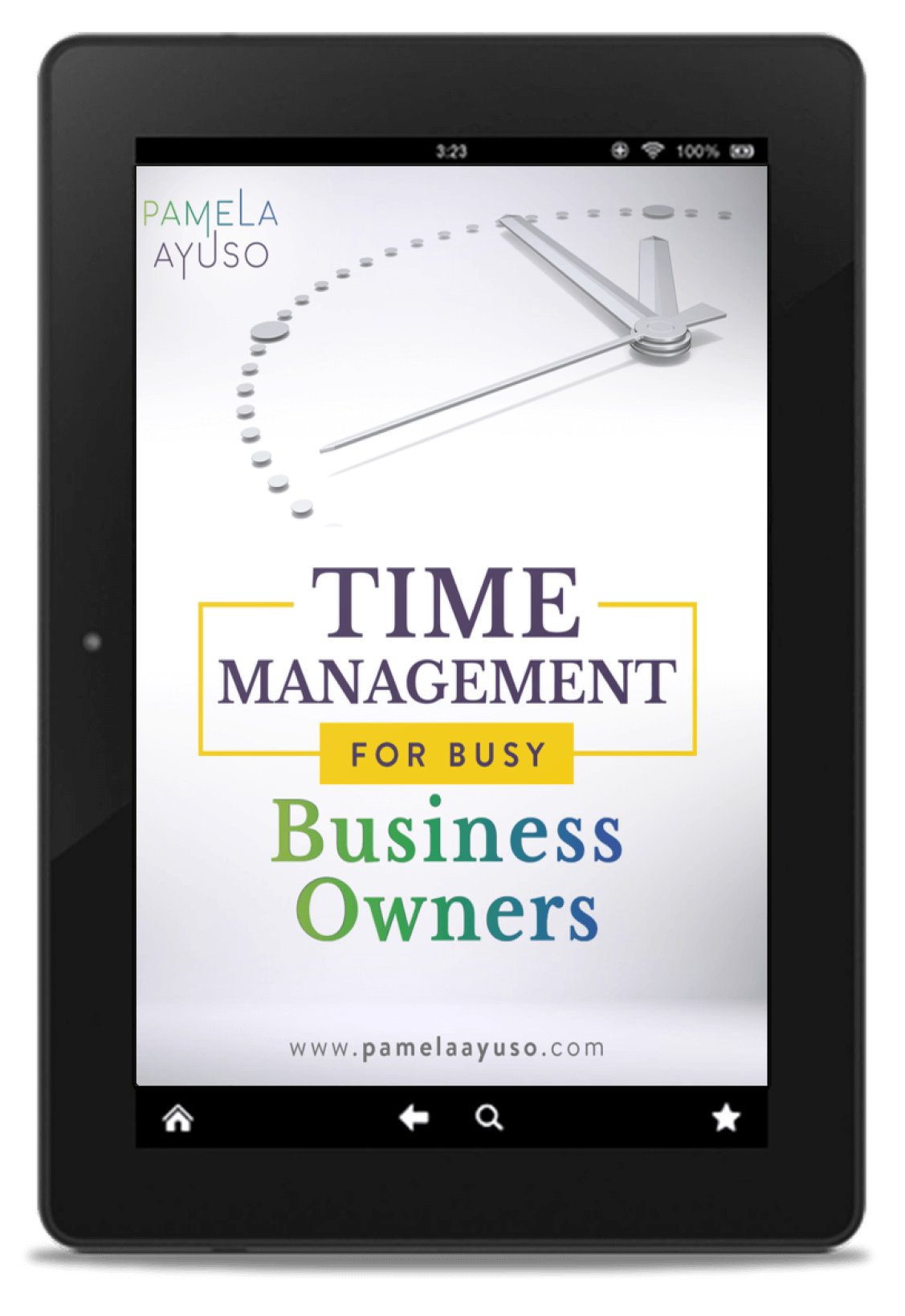Often new ideas come unexpectedly, and they are frequently precious. When you create a new workflow or have a new idea about how to do what you or your teams do daily, the concept is often not enough. For the idea to persist, it must be institutionalized in some way; otherwise it may never be implemented. Then, even if the idea is ultimately implemented, it may disappear after some time.
At Celaque, we are encountering this problem now, as we are in the middle of systematizing how we manage the buildings we develop. Although it is not our first time managing buildings and we already have some systems in place, we are always upgrading how we do it. As a team, we come up with lots of new ideas for innovation. From keeping a book so that the maintenance staff can report anything that happened during their shift to adding bulletin boards so that residents who do not use our software platform can find out about our events and important information, we have been adding many new practices.
![[Photo: Amogh Manjunath/Unsplash]](/wp-content/uploads/2021/01/amogh-manjunath-HksFlo1t8iA-unsplash.jpg)
[Photo: Amogh Manjunath/Unsplash]
The question then becomes: how do we make all these new and useful ideas last? We are going to start managing another building in the next few months and plan on managing the next one in a little over a year. Because the ideas that we have implemented in our current building are solutions to the problems we have encountered, we are bound to come across the same or similar issues again. What we want is to apply everything we have learned to future buildings. The only solution I have found is by systematizing everything we have learned so far.
Ensuring Innovation Lasts
Often in companies, the way we ensure that an innovation endures is by training others. If the person who performs the work stays in the company for many years, training may be enough, at least for that time. In my experience, training others works but only to a certain extent. When a person leaves, and a new person comes in, and if you did not have a fully documented training manual, many details can get lost in the transition.
So, ideally, there will be other ways to institutionalize knowledge. The mechanism will vary depending on your company and how it works as well as how you store knowledge. Sometimes policy documents work, while other times the best way to do it is through system workflows or documented business processes.
At Celaque, we use all these tools and are always improving upon the ones we have. We use one or multiple, depending on the situation. My favorite is hardcoding workflows within systems because those are permanent. Making a field a mandatory part of a process can make all the difference to prevent a recurrent problem.
When we first implemented our Enterprise Resource Planning system, we wanted to be able to classify our payments by company, location, and type. We then added those fields into the form the system uses for payments and made them mandatory, and the form cannot be saved unless every mandatory field is filled out. Now, we can pull all the information we need because it has been added to the system from the beginning.
This method, however, is not always feasible because not every operation that occurs within companies is entered into a system. In this case, you may choose to use policy documents or processes. The important step is to take the time and institutionalize what you created. Otherwise, no matter how great your idea was, you may risk losing it in the middle of the daily work. Then, one day, you will remember your great idea and realize that it was never implemented.
As part of our building management organizational project, we have started to create processes and update our policies. We recently came up with the idea to combine all our building policies into one document, separate from the general department’s policies. This way, we can view them in one document instead of searching for the information we need from multiple locations. We can also send the document to our clients directly. Lastly, we can use it as a tool that we can replicate when we start managing the next building.
![[Photo: Chris Leipelt/Unsplash]](/wp-content/uploads/2021/01/chris-leipelt-GhVi1akOu3o-unsplash.jpg)
[Photo: Chris Leipelt/Unsplash]
Now, whenever we come up with a new idea that later becomes a policy, we will automatically know where to save it. This mechanism was worth creating because we have so many policies, including how to book events, how the pool works and receiving packages.
Even when you can implement your creation, what you institutionalize may fail. It may be part of a process or policy, but it may still go out of use. This situation happens most often when a new person has come on board and is not yet fully trained or if a team is experiencing too much work and responsibility. In this case, the best way to ensure that everything is running well is to measure the results via metrics (see Metrics and How They Can Benefit Your Business). If what you created is not part of your metrics, I recommend following up – asking to see how it has been going for the past six to 12 months out to ensure the idea did not hit any obstacles.
Great ideas tend to perdure after a while, but they must be nourished to become an important part of a company’s operations. Otherwise, they may disappear before they have had a chance to blossom fully.



